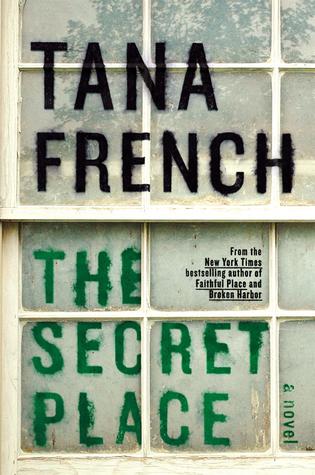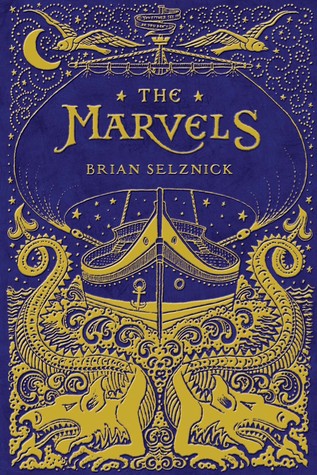I’ve always been fascinated with New Orleans. It’s
such a contradictory city, with a touch of evil hovering over it, and an
unsavory feel that often makes me nervous to visit. Yet, the foods that come
from that part of the country are unparalleled.
Until I read Gary Krist’s nonfiction piece, Empire of Sin: A Story of Sex, Jazz, Murder,
and the Battle for Modern New Orleans, I had come to believe that the
debauchery of the 1960s through the ‘70s was at its height there. To me, and
what I knew about the city, New Orleans made Las Vegas seem like a night out
for nuns and priests.
Krist focuses on a scant thirty years, from 1890 to
1920. When I first realized that the book 448 and that 105 of them were the
bibliography, notes, and index, I was a little overwhelmed, afraid that the
writing would be too deep for me to sink my teeth into. However, Krist’s has
written an easy-to-read narrative that held me attention from the beginning.
I enjoyed reading/learning about such characters and
places as Storyville (where the city tried to coral its vice) and Tom Anderson
(its unofficial mayor). There were the madams like Lulu White and Josie
Arlington. There were the saloons and gambling houses. There was the immigrant
population---Italians, whom too seemed to be in the same mess today’s illegals
are in. I ws mesmerized by the corruption that ran rampart from the slums to
the highest echelons of state government. Old Huey Long was a saint compared to
some men back then; they make today’s politicians looks like humble old ladies.
I knew that New Orleans was a port-of-entry for many
Italians, and they lived in slums and ghettos that reminded me of New York’s tenements.
And I had learned of “Little Sicily” from a PBS special, The Italian-Americans.
There are three areas in the book that I really
enjoyed reading: First, of course, are the jazzmen. Guys like Robert Charles, Buddy
Bolden, Jellyroll Martin---how they created the music form that we now know as
jazz, and how hard it was a musician wanted more than a gig in a whore house.
Second, was the Mafia or the Black-Hand. Krist could
have delved into that more in my opinion, but still the rise and fall still
fascinated me.
Third, the serial killer, The Axeman, seemed to target
the Italians. Brutality knows no
generation.
Empire
of Sin: A Story of Sex, Jazz, Murder, and the Battle for Modern New Orleans
is an easy read that I highly recommend. I give it 5 out of 5 stars.
I received this book from Blogging for Books in exchange for this review.
 Carry On
Carry On 






























